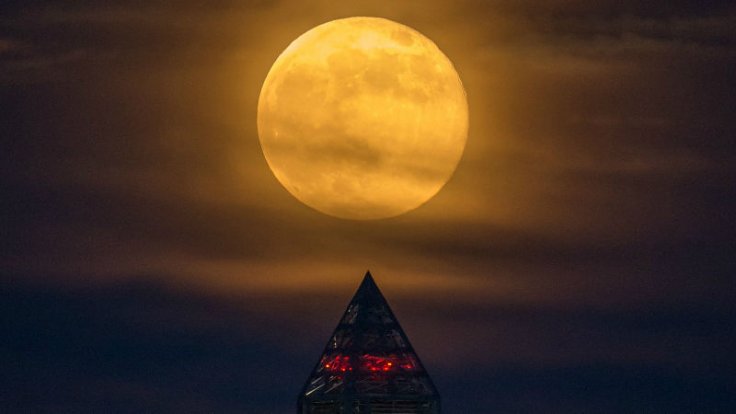
In a rare lunar event, the stargazers are all set to witness the second full moon of the month, popularly referred to as a Blue Moon, on January 31 for the first time in over 150 years. This phenomenon will line up with a total lunar eclipse that will turn the moon into a striking red colour giving it the name blood moon.
Three separate celestial events, a supermoon, a blue moon and a full lunar eclipse will occur simultaneously on January 31 making it an incredible view for the sky gazers. This confluence of such events has not happened since the second half of the 19th century.
ALSO READ: Port Dickson accident UPDATE: Lorry driver lost control resulting into crash; 4 Singaporeans killed
However, the 'super blue blood moon' that will be visible by the end of this month will be followed by another supermoon in late March. In a Blue Moon, the moon doesn't actually appear blue; instead, the name indicates that it is the second full moon in a particular month.
Experts have described it as supermoon trilogy as this will be the second arrival of supermoon this year. The duration of the total phase is 77 minutes.
What is supermoon?
A supermoon is popularly known as a full or new moon that coincides with the lunar orbit making an especially close approach to earth. The scientific term of supermoon is perigee syzygy. Gurtina Besla, a professor at the Arizona University, said that the phrase 'perigee syzygy' refers to the moon being at its closest distance to the Earth, and syzygy refers to the alignment of multiple bodies — the moon, Earth and sun need to be aligned for us to see a full moon.
"Perigee refers to the moon being at its closest distance to the earth, and syzygy refers to the alignment of multiple bodies — the moon, earth and sun need to be aligned for us to see a full moon. So it translates to the closest separation between the moon and earth when the earth, moon and sun are aligned," Besla told NPR.
A supermoon is also called a "Wolf Moon" as in early times it used to appear when wolves howled in hunger outside the villages.
During a lunar eclipse, the earth comes in between the sun and the moon, blocking the light that hits the lunar surface. This position casts an earth shadow over the moon and it appears to be blood red or orange during totality.
How to get the best view of Supermoon?
On January 31, the rare phenomenon will take place in the middle of the night, when the Pacific Ocean faces the moon. However, your location from where you will be observing would decide whether it will happen on the night of the Jan 31, or the morning of February 1.
Central and eastern Asia, Indonesia, New Zealand and most of Australia will get a fine view of the Blue Moon. Alaska, Hawaii and north-western Canada will see the eclipse from start to finish. However, moonset will intervene for the rest of North and Central America.
Space.com explained that the event can be seen from anywhere it is night-time. But, viewers in some regions will only be able to glimpse a partial eclipse.
For example, people in New York will only be able to watch the first part of the celestial event, as it will start just 16 minutes before the moon sets, at 6:48 am (local time). The view will keep getting better as you move to further west. The observers in California will be able to witness the end of totality.
After 2018, a Blue Moon will pass through Earth's umbra again on December 31, 2028, and, after that, on January 31, 2037. Experts say that both of those eclipses will be total.
On December 31, 2009, there was a partial eclipse of a Blue Moon, but the last total eclipse of a Blue Moon is dated March 31, 1866.









